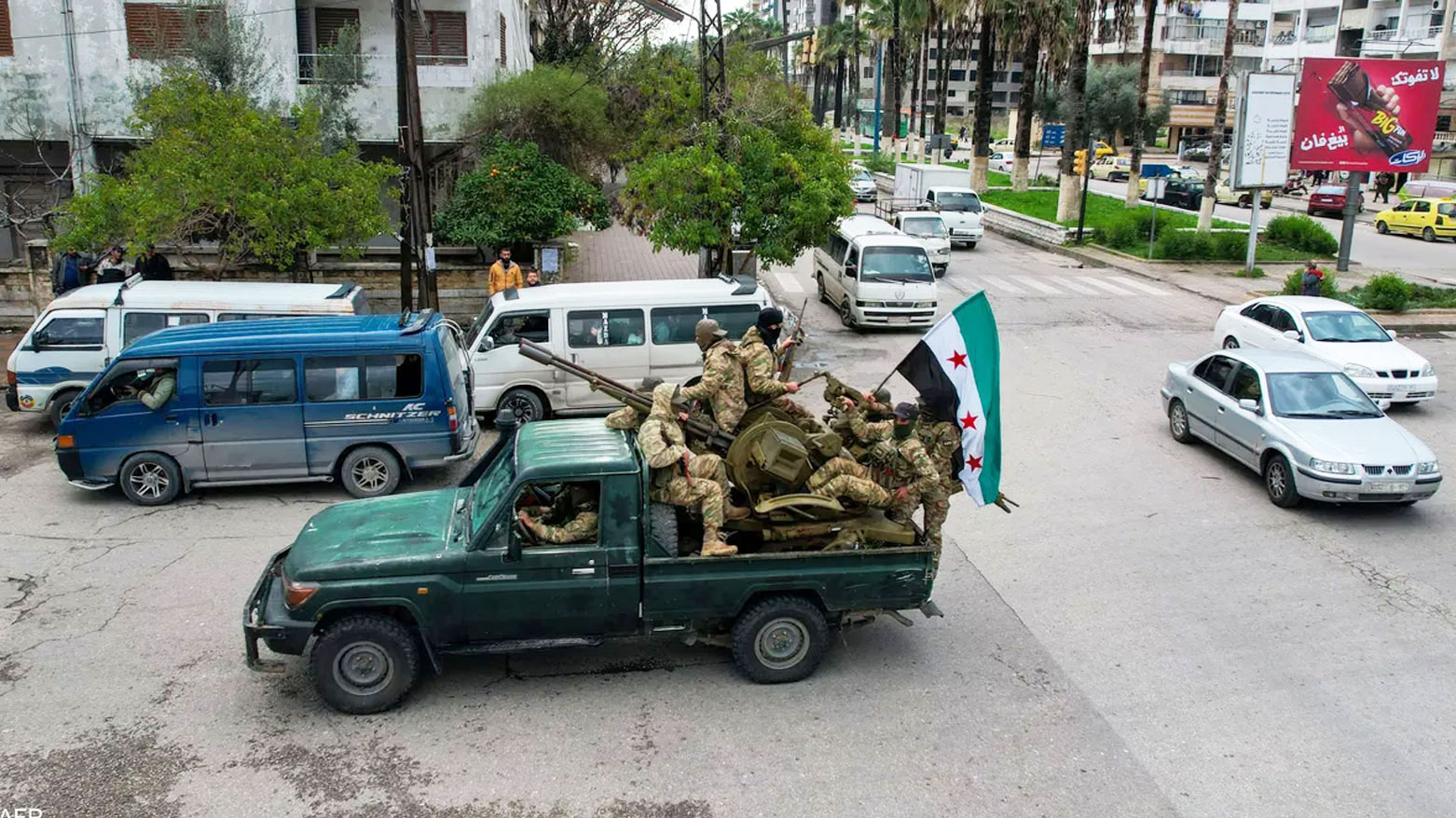Syria’s Sectarian Volcano Erupts: Alawite Civilians Slain in Homs Massacre
At least 11 Alawite civilians, including students, were killed in 24 hours, with three tortured to death by security forces, the Syrian Observatory reported.

By Kamaran Aziz
ERBIL (Kurdistan24) – A wave of deadly raids by security forces in central Syria has left at least 11 Alawite civilians dead in the past 24 hours, including university students, according to the UK-based Syrian Observatory for Human Rights. The killings, reportedly carried out on sectarian grounds, have heightened fears of renewed violence in the already volatile province of Homs and raised questions about the Syrian government’s ability to maintain order in its heartland.
The Observatory reported that among the dead, three individuals were tortured to death after being detained by security forces or affiliated militias. Although the exact motives behind the raids remain unclear, the victims’ sectarian identity and the violent methods used have stirred growing concerns within the Alawite community, long considered a pillar of support for Syria’s embattled government.
According to the Observatory, the killings are part of a broader surge in violence and extrajudicial practices across Homs province, which has recently witnessed a rise in criminality and state-led repression amid what human rights monitors describe as “security chaos and a complete absence of accountability.”
In a related and equally disturbing development, Homs was the scene of heavy clashes on Thursday between security forces and a former Syrian army officer, Brigadier General Ali Shalhoub. The Syrian state news agency SANA, citing a security source, confirmed that the confrontation erupted in a predominantly Alawite neighborhood when agents from the General Security Directorate attempted to arrest Shalhoub. According to AFP, the operation escalated when several Directorate members were injured, prompting an order to neutralize the former officer. Both Shalhoub and a Directorate member were killed in the ensuing firefight.
While state authorities maintain that Shalhoub resisted arrest and engaged in criminal activity, rights groups and activists have expressed skepticism, suggesting the broader campaign against former regime figures may be motivated by internal power struggles or efforts to suppress dissent within regime-affiliated circles.
The ongoing raids, detentions, and killings have added to growing unease, especially in the aftermath of last month’s bloodshed on the Syrian coast. From March 6 to 8, more than 1,700 people—most of them Alawites—were killed in a spate of violence that shocked the country. Survivors and rights organizations described harrowing scenes in which armed groups stormed homes, interrogated residents about their sectarian affiliation, and killed entire families, including women, children, and the elderly. The massacre prompted widespread condemnation and the deployment of military reinforcements to coastal areas heavily populated by Alawites.
Authorities at the time blamed the violence on armed factions allegedly loyal to former President Bashar al-Assad, accusing them of launching coordinated attacks on government positions. In response, the Syrian presidency announced the formation of a fact-finding committee tasked with investigating the coastal massacres. Although the committee was initially expected to report within a month, its mandate was quietly extended for another three months, with no findings released to date.
The continued instability in Homs and the broader security breakdown across regime-controlled areas highlight the fragile grip the central government retains over key parts of the country. Fourteen years into the Syrian conflict, the state remains deeply fractured, with power divided among various armed groups, political factions, and external actors. The new authorities, tasked with restoring order in an increasingly lawless environment, face mounting obstacles—including discontent from within their traditional support base.
For many Syrians, the latest violence not only underscores the unresolved sectarian fault lines that fueled the civil war, but also raises fears of a renewed cycle of retribution and breakdown. The international community has so far remained largely silent, while human rights groups continue to document growing abuses in areas nominally under government control.
As the situation in Homs deteriorates and anxieties deepen across Syria’s Alawite communities, calls for accountability and transparency are likely to grow. But with the government seemingly unable—or unwilling—to address these concerns, the question remains whether Syria’s fragile post-war order is beginning to unravel once again.
